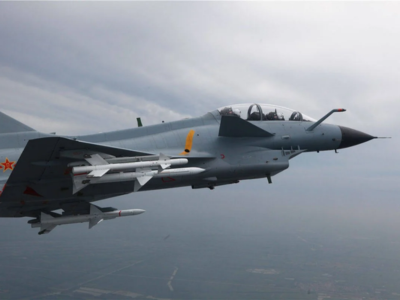Indonesia Set to Acquire Chinese J-10 Fighter Jets in Major Defense Shift
- by Editor
- Oct 16, 2025

Credit: Freepik
Indonesia is preparing to purchase China’s J-10 fighter jets, marking its first acquisition of Chinese military aircraft and signaling a strategic pivot in its ongoing defense modernization. Defence Minister Sjafrie Sjamsoeddin confirmed the move Wednesday, describing it as a step toward strengthening the nation’s air capabilities amid rising tensions in the South China Sea.
While specific details of the deal remain undisclosed, Sjamsoeddin hinted at an expedited rollout, telling reporters, “They will be flying over Jakarta soon.” The acquisition positions Indonesia as the second foreign buyer of the J-10, following Pakistan, which has already deployed the jets in active operations, including a reported downing of Indian aircraft during border clashes in May.
The purchase aligns with Indonesia’s $15 billion defense overhaul, aimed at expanding its air force from 16 to 32 squadrons by 2029. Analysts view the J-10 as a cost-effective choice for archipelago surveillance, with its single-engine design offering agility and a price tag of approximately $40 million—significantly lower than Western alternatives like the F-16 or Rafale.
However, the move raises questions about interoperability. Indonesia’s current fleet includes U.S. and Russian aircraft, and integrating Chinese systems may require substantial adjustments. Geopolitical implications also loom large, with critics warning of increased dependence on Beijing amid ongoing regional disputes.
Sjamsoeddin dismissed such concerns, framing the decision as part of a broader strategy to diversify suppliers and maintain “strategic balance” without alienating key allies. China, for its part, has welcomed the deal as a “win-win” for bilateral relations.
As Southeast Asia’s largest nation, Indonesia’s shift toward Chinese hardware reflects a broader recalibration—one that blends legacy partnerships with emerging powers in pursuit of military self-reliance and regional stability.













0 Comment(s)